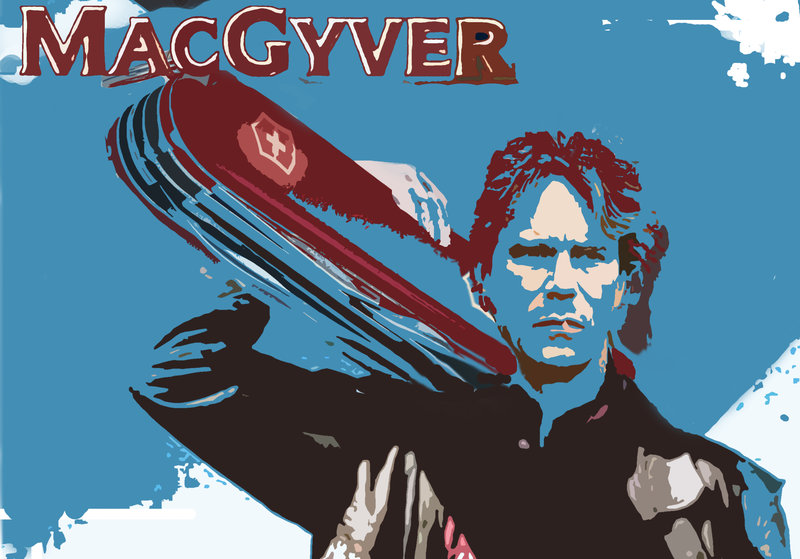O planeta Mongo da série de banda desenhada Flash Gordon é o lar de várias tribos e reinos com culturas, tecnologias e sistemas distintos. Da mesma forma, a economia pós-século XX é marcada pela complexidade e diversidade da oferta e procura cada vez mais atomizada e apaixonada. Foi disso que me lembrei em 2007 para criar uma metáfora que dura até aos dias de hoje (A cauda longa e o planeta Mongo).
Seth Godin usa uma imagem interessante, o século XX via os clientes como plancton, uma massa homogénea. Eu vejo o século XXI como o tempo de Mongo, ou do Estranhistão, terra de Um número infinito de nichos.
Em Novembro passado escapou-me este artigo sobre Mongo, "Strategy in a Hyperpolitical World":
"So what does that mean for strategy?
We define strategy as the art of making informed choices in a competitive environment. Choices are important when differing paths lead to differential risks and rewards. When the social environment is broadly favorable to business, a company's strategic choices can be justified in purely business terms or, as necessary, finessed with carefully crafted press releases. Today, however, choices must be made on an expanded playing field. They are often complex because the underlying ethical, social, and political issues are constantly evolving and defy simple analysis. To make and implement the best strategic choices in this environment, leaders will have to (1) develop robust principles to guide strategic choices, (2) address ethical issues early, (3) consistently communicate and implement their choices, (4) engage beyond the industry to shape the context, and (5) learn from mistakes to make better choices."
Entretanto, há dias li "The Strategy Lesson from the Bud Light Fiasco":
"A company’s goal should be to present an offering — supported by compelling messaging — that has advantaged appeal to the biggest circle possible. That may be a relatively small circle — Red Bay Coffee — or a relatively big one — Starbucks Coffee. But it should be as big a circle as the offering can support.
The Temptation
In pursuing the biggest circle supportable, companies are forever tempted to send different messages to different parts of their audience — whether inside or outside the confines of their current circle — in an attempt to strengthen and/or enlarge their circle.
...
this kind of thing is getting ever more dangerous with ever increasing transparency,
...
In this age of fuller transparency, brands must think a lot more thoroughly and carefully about the heterogeneity of their Where to Play (WTP), which hangs together now and produces their current market share. But under its apparently calm surface, that overall share hides fault lines — those customers aren’t all the same even if they buy the same product. If a brand isn’t careful, it can take those fault lines that lie benignly beneath the surface and turn them into giant fissures with its actions.
...
The naïve idea — not an unusual one but naïve nonetheless — was that Bud Light could keep all its current customers, and, with this terrific new message, could appeal to some new ones (whether light users or non-users). This kind of naivety has always been dangerous. But it has gotten a lot more so in this hyperpolitical and transparent world.
The Particular Challenge for Broad-Based Companies
It is particularly challenging for broad-based companies and going to get more challenging. The broader-based a company is, the greater heterogeneity its customer base is likely to embody. Every company will have heterogeneity in its customer base. But a giant retailer, like Target, will likely have a greater level of heterogeneity in its customer base than tiny LGBTQ+-friendly clothing retailer, WILDFANG. Ultra Right Beer was launched to woo disaffected Bud Light customers and seemed deliriously happy to hit the $1 million mark in sales. But that is one-five thousandth of the (pre-fiasco) sales of Bud Light. With great size comes more dangerous and pronounced fault lines."
Como não recuar a 2014 e a "-Tu não és meu irmão de sangue!"
O século XX económico (da inauguração da linha de montagem da Ford até à queda do Muro de Berlin) foi um acidente histórico que agora estamos a corrigir, o futuro não é de homogeneidade, mas de heterogeneidade. E mundos heterogéneos não são meigos para com os gigantes. Nunca esqueço: Too big to care.















%2006.21.jpeg)












